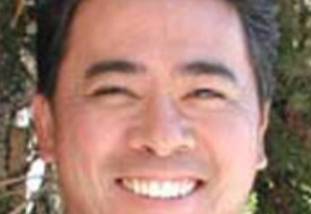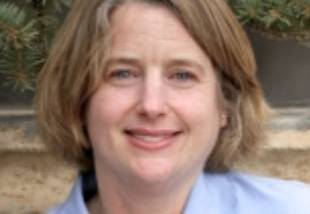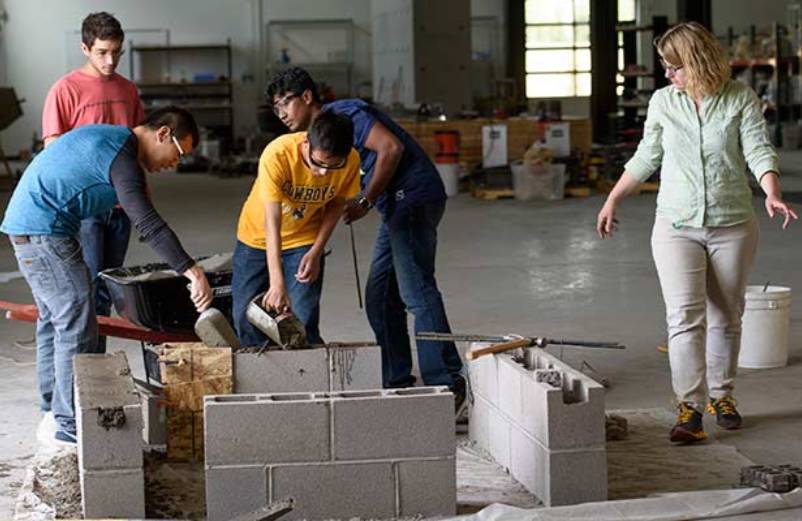Structural Research Faculty

Dr. Barker specializes in steel bridges and bridge engineering as well as experimental testing and in-situ field testing.

Dr. Mukai's area of interest include theoretical fracture mechanics, reinforced concrete, and structural rehabilitation and monitoring.

Dr. Tanner's specializes in masonry, concrete, and composite materials.

Dr. Tatum's research includes durability & assessment of structural systems,
multi-scale material modeling & experimentation, and natural hazards resilience
Structures Research Laboratory
The newly built High Bay Research Facility contains a state-of-the-art Structures Research Laboratory. Cutting-edge research activities, previously impossible due to building constraints, are made realistic. UW has much more capacity than it had previously, and the flexibility of the facility allows this research to come up to speed quickly. The high-bay wing of the building features ceiling heights of 28 feet. Trucks can be driven into the facility, and it’s also outfitted with a 20-ton bridge crane. One of the lab’s main researchers is Associate Professor Jennifer Eisenhauer Tanner, whose research focuses on experimental testing and implementation, including studies of durability of concrete and masonry, non-destructive testing and shear-wall testing. It’s a much larger facility so the department is able to do more experiments. The old structures lab will also remain in use, expanding the university’s capacity overall. Architectural engineering classes will also use the facility.


